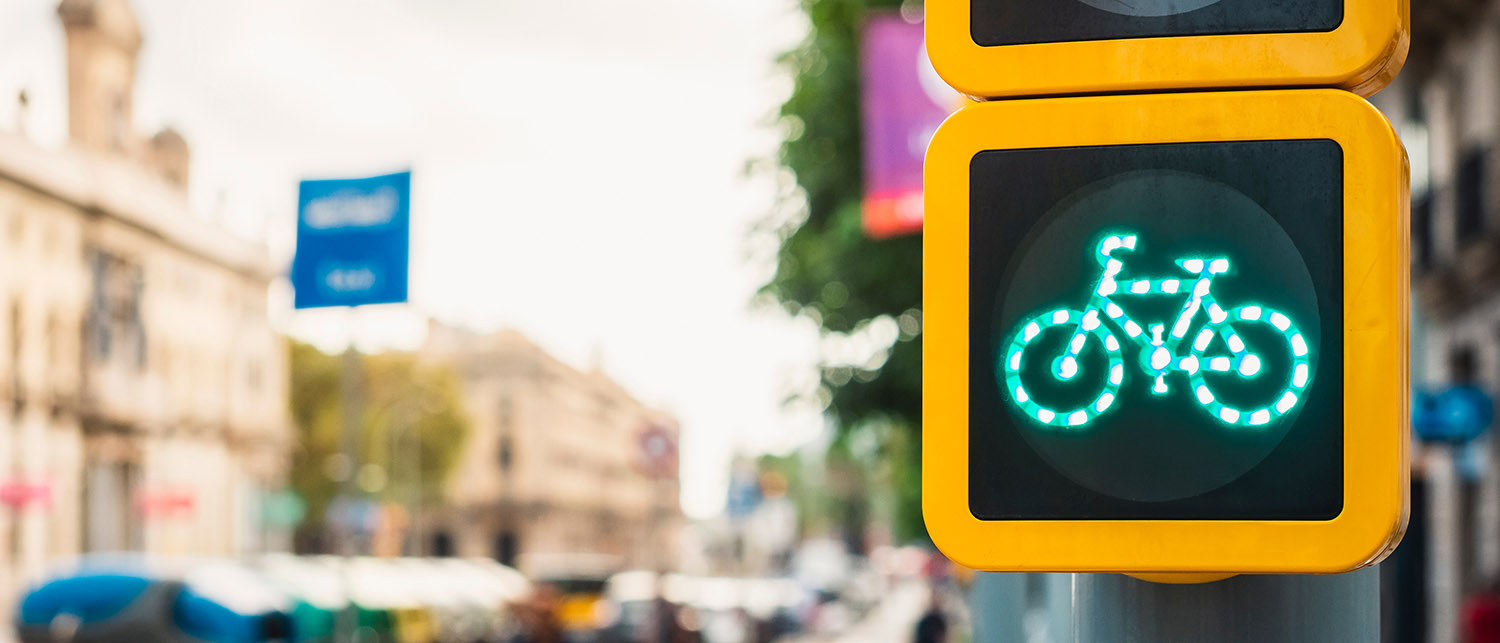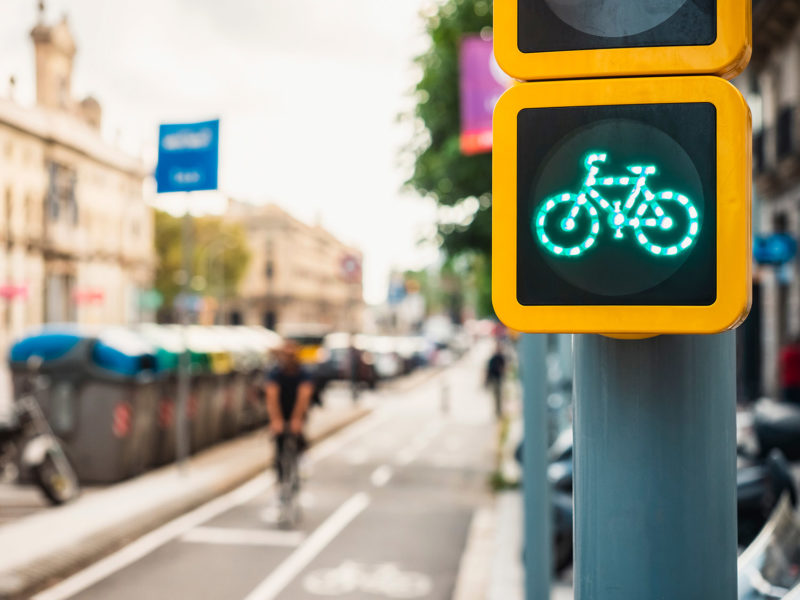

Micro Mobility: the new urban mobility
Getting around the city in a car has long been a headache, especially if you drive a car. The sheer number of cars on the streets of the city means that many hours are wasted on journeys, it costs us a lot of money (fuel, parking) and our health suffers from the generated pollution.
In recent years, however, a new concept of urban transport has emerged: Micro Mobility. The streets are increasingly full of people who use light, small means of transport with a low-power electric motor or no motor at all: mopeds, scooters and bicycles. These vehicles are generally driven by a single person (so-called personal mobility vehicles: PMVs) and can be used to travel short distances (maximum 8 kilometres) to their destination or to a public transport stop.
On the channel of the EU’s European Institute of Innovation and Technology (EIT), they explain everything you need to know about Micro Mobility.
Vehicles can be owned or shared. In big cities, different companies have launched mobile applications that allow you to locate a two-wheeled vehicle, unlock it, use it and pay for the service without hassle. In a short time, ride-sharing companies have been created, and they offer their vehicles through mobile apps. While the COVID-19 pandemic has slowed expansion, mainly because of total confinement, many companies have not neglected the business opportunity offered by this paradigm shift in mobility. For example, SEAT launched car sharing software in 2020 through its subsidiary Seat Mó. Other operators that can be found in cities are Cityscoot, Cooltra, Acciona, Tucycle, Yego, etc.
Benefits of micro-mobility
The benefits of micro-mobility are obvious, both in terms of its positive impact on congestion levels and air pollution; challenges that many large cities around the world must face.
According to a study by global consultancy McKinsey, around 60% of car journeys in the EU, China and the US are less than eight kilometres. Micro Mobility could theoretically reach all of these trips and take between 8% and 15% of the market. However, McKinsey concludes that this expansion is limited due to certain constraints related to the difficulty of transporting goods, the age of users or the climate in different cities.
Regulation
However, the use of VMPs is not all advantages. If the debate on the difficult coexistence in public space between bicycles, cars and pedestrians is still very much alive, the entry of personal mobility vehicles has added a new safety hazard by adding a new category of vulnerable road users, especially in relation to the indiscriminate use of scooters on roads and pavements, endangering pedestrians and themselves. This is yet another example of how cities need to rethink the organisation of public space to accommodate new forms of smart mobility.
With this goal, on 2 January 2021, the regulations issued by the Dirección General de Tráfico on the use of scooters and MPVs (with one or more wheels and a single seat) came into force. This regulation defines and considers scooters as vehicles for all purposes, so they are obliged to comply with traffic regulations, just like cars or motorbikes (alcohol, drugs, use of mobile phones, use of headphones, etc.). This regulation excludes vehicles for people with reduced mobility. The regulation states that scooters have to circulate between 6 and 25 km/h and can never circulate on pavements, interurban roads, crossings, motorways, dual carriageways or urban tunnels.
On the other hand, the DGT is preparing a manual which will indicate the technical characteristics that these vehicles must comply with, as a basis for obtaining the circulation certificate, which will be compulsory two years after the publication of the aforementioned resolution. This is a first regularisation of the new forms of mobility, since, in the future, the DGT plans to draw up new regulations to regulate more aspects, such as, for example, the age for driving scooters, the use of helmets or reflective jackets, etc. For the time being, it is the responsibility of each local council to regulate the use of helmets and protective elements or parking regulations.
Micro Mobility has arrived and seems to be emerging as a real alternative to four-wheeled vehicles. With 60% of the world’s population expected to live in megacities – cities with more than 10 million inhabitants – by 2030, and the current 30 to become 40, the benefits and advantages of individual mobility vehicles will undoubtedly make cities healthier, more walkable and friendlier places to live.
Do you want to be the first to receive the latest news about 11Onze? Click here to subscribe to our Telegram channel
Leave a Reply
You must be logged in to post a comment.






👏
excel·lent
Moltes gràcies, Manel!!!
👍
Gràcies, Joan! Ens veiem per La Plaça!
Sempre la normativa i les lleis van pel darrera de la realitat… Però cal regular l’ús de tots aquests VMP i més encar amb aquest darrer valor de ciutatsde10milions d’habitants, Buff!! Quin kaos
Efectivament Laura, cal regulació per coordinar la mobilitat i adaptar-la a les necessitats actuals de forma eficient. Gràcies pel comentari!
Hola, quina dada tant xocant. Si és cert que les ciutats no paren de créixer, i és sens dubte un indicador de pobresa i desigualtat social…. perquè les ciutats són en sí unes petites presons per gent sense béns que s’ han vist forçades a sobreviure_hi. Les migracions a les grans ciutats són pobresa per tota la societat. Un gasto en manteniment e infraestructures complexes mai suficients….
Bon article i aclaridor respecte als diferents VMP, cal avançar amb les normes d’ús, actualment resulten més perillosos alguns d’ells que els automòbils
Hi coincideixo del tot, Alícia. La regulació és essencial. Quan circulem a peu per la vorera, no hauríem de passar la por que passem quan travessem la calçada. Gràcies per la teva aportació.